March is recognized globally as Self-Harm Awareness Month, a time dedicated to shedding light on self-injury, promoting understanding, and offering support to those affected. At Sequoia Recovery Centers, we are committed to joining this vital conversation, aiming to break the stigma surrounding self-harm and encourage pathways to healing.
Understanding Self-Harm
Self-harm, also known as self-injury, refers to the intentional act of causing physical harm to oneself without suicidal intent. Common methods include cutting, burning, scratching, or hitting oneself. This behavior often serves as a coping mechanism for overwhelming emotional distress, providing temporary relief or a sense of control. However, it can lead to serious physical injuries and does not address the underlying issues causing the distress.
Prevalence and Demographics
Self-harm is a pressing public health concern, particularly among adolescents and young adults. According to the Centers for Disease Control and Prevention, up to 30% of teenage girls and 10% of boys have reported intentionally hurting themselves. One study found that as many as 25% of young people engage in self-injury. These rates have seen a significant increase over the past decade, especially among young girls.
While self-harm often begins in adolescence, it is not confined to this age group. Approximately 4-5% of adults in the United States will experience self-injurious behavior at some point in their lives.
Common Misconceptions
Several myths surround self-harm, contributing to stigma and misunderstanding:
- Attention-Seeking Behavior: Contrary to popular belief, many individuals who self-harm do so in private and go to great lengths to conceal their injuries.
- Suicidal Intent: While self-harm is a risk factor for suicide, not all individuals who self-injure have suicidal intentions. For many, it is a coping mechanism to deal with emotional pain.
- Exclusive to Certain Demographics: Self-harm can affect individuals of any age, gender, ethnicity, or socioeconomic background.

Risk Factors and Warning Signs
Understanding the risk factors and recognizing the warning signs can aid in early intervention:
- Risk Factors:
- History of trauma or abuse
- Mental health disorders such as depression, anxiety, or borderline personality disorder
- Substance abuse
- Difficulty managing emotions
- Low self-esteem
- Warning Signs:
- Unexplained injuries or frequent “accidents”
- Wearing long sleeves or pants in warm weather to conceal injuries
- Isolation from friends and family
- Possession of sharp objects without a clear purpose
- Statements of helplessness or worthlessness
Supporting Someone Who Self-Harms
If you suspect someone is self-harming, approach the situation with empathy and understanding:
- Open Communication: Encourage them to talk about their feelings without judgment.
- Educate Yourself: Understanding self-harm can help you provide informed support.
- Encourage Professional Help: Gently suggest seeking help from mental health professionals who can offer coping strategies and therapeutic interventions.
- Be Patient: Recovery is a process, and showing consistent support can make a significant difference.
Treatment and Recovery
Effective treatments are available for individuals who self-harm:
- Therapeutic Interventions:
- Cognitive-Behavioral Therapy (CBT): Helps individuals identify and change negative thought patterns and behaviors.
- Dialectical Behavior Therapy (DBT): Focuses on teaching coping skills to manage emotions and reduce self-destructive behaviors.
- Medication: Antidepressants or anti-anxiety medications may be prescribed to address underlying mental health conditions.
- Support Groups: Connecting with others who have similar experiences can provide a sense of community and understanding.
Self-Harm Awareness Month Initiatives
Throughout March, various organizations and communities host events and campaigns to raise awareness about self-harm:
- Educational Workshops: Sessions aimed at educating the public about self-harm, its signs, and how to support those affected.
- Social Media Campaigns: Utilizing platforms to share information, personal stories, and resources using hashtags like #SelfHarmAwarenessMonth.
- Orange Ribbon Campaign: Wearing an orange ribbon symbolizes support for self-harm awareness and those affected.
Sequoia Recovery Centers’ Commitment
At Sequoia Recovery Centers, we recognize the importance of addressing self-harm within the broader context of mental health and addiction recovery. Our integrated approach ensures that individuals receive comprehensive care tailored to their unique needs. Our services include:
- Individual Therapy: Personalized sessions focusing on understanding the root causes of self-harm and developing healthy coping mechanisms.
- Group Therapy: Providing a supportive environment where individuals can share experiences and learn from others.
- Family Counseling: Educating and involving family members to create a supportive home environment conducive to recovery.
- Educational Programs: Workshops and seminars aimed at raising awareness and educating the community about self-harm and mental health.

